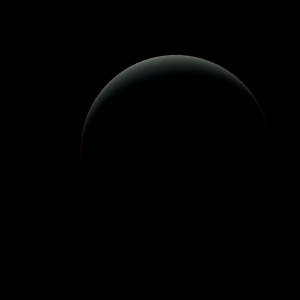|
|
Space Astro
|
Info for exoplanet "Uqmal Thydra"
| Scientific (actual) data |
|---|
| Planet | HD 203473 b |
| Planet status | Confirmed |
| Mass sini | 7.84 |
| Orbital period | 1552.9 |
| Semi major axis | 2.73 |
| Orbit eccentricity | 0.289 |
| Discovered | 2018 |
| Updated | 2018-09-18 |
| Omega | 18 |
| Tperi | 2463330 |
| K | 133.6 |
| Publication | Published in a refereed paper |
| Detection type | Radial Velocity |
| Mass detection type | Radial Velocity |
| Star name | HD 203473 |
| Right ascension | 320.58° |
| Declination | 5.02° |
| Mag v | 8.23 |
| Star metallicity | 0.19 |
| Star mass | 1.12 |
| Star radius | 1.33 |
| Star sp type | G5 |
| Star age | 5.22 |
| Star temperature | 5780 |
| Wikipedia article | HD 203473 b |
Back
| |
| Fictional info (?) |
|---|
| Suggested name | Uqmal Thydra |
| Planet type | Cold planet |
| The interior of Uqmal Thydra is mainly composed of ices and magma. This planet is named after the deity Uqmal Thydra, the god of good fortune.
Uqmal Thydra's surface appears very cratered and is similar in appearance to the Moon's, indicating that it has been geologically inactive for billions of years.
Uqmal Thydra's surface is a barren desertscape interspersed with slab-like rocks and is periodically resurfaced by volcanism. |
| Atmosphere | Oxygen | 50% |
| Ethane | 25% |
| Krypton | 24% |
| Hydrogen deuteride (HD) | 0.76% |
| Atmospheric pressure | 90 bar |
 |
| No known satellites |
| Google search for Uqmal thydra |
|
Website by Joachim Michaelis
|
|
|
|